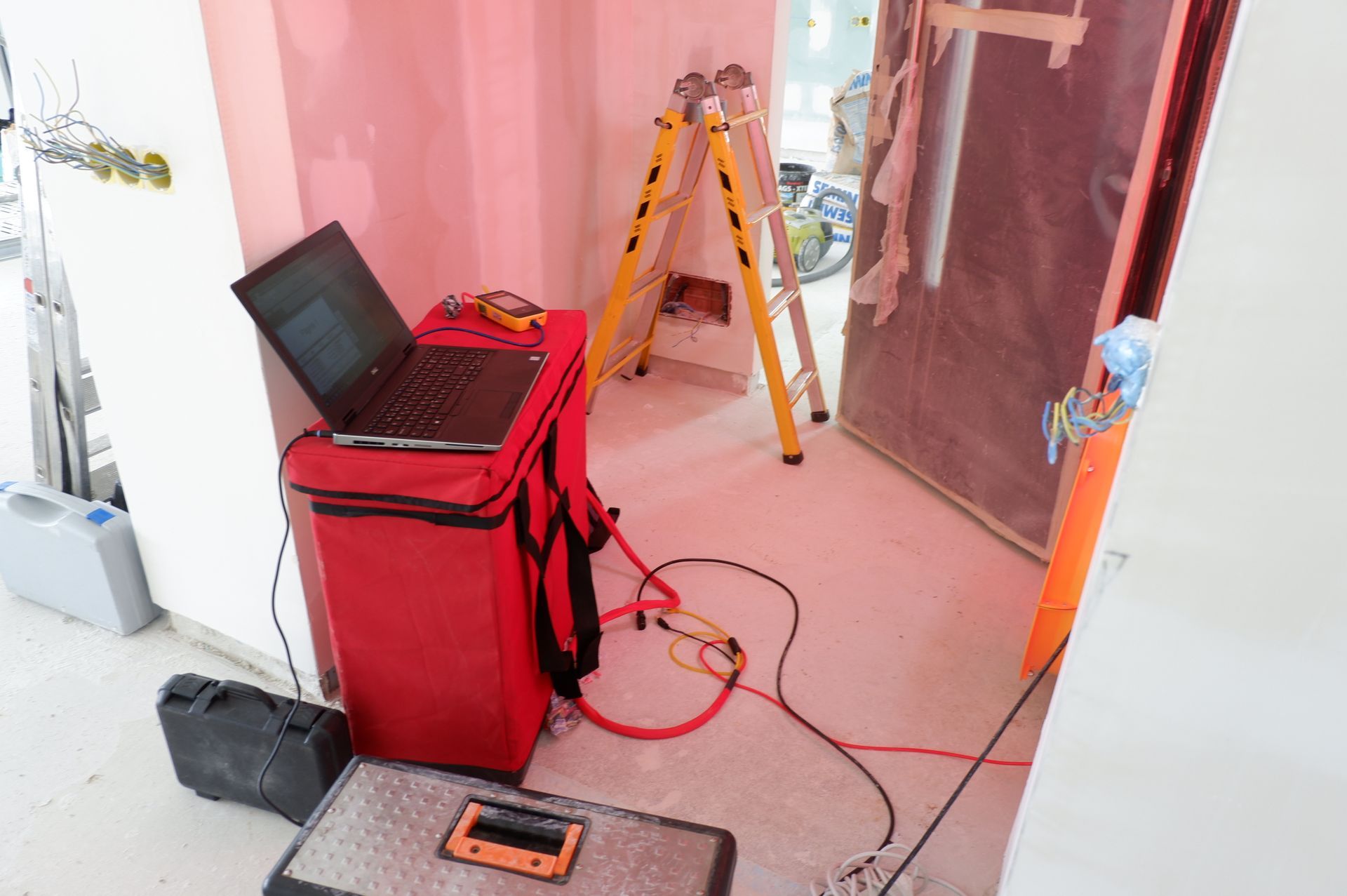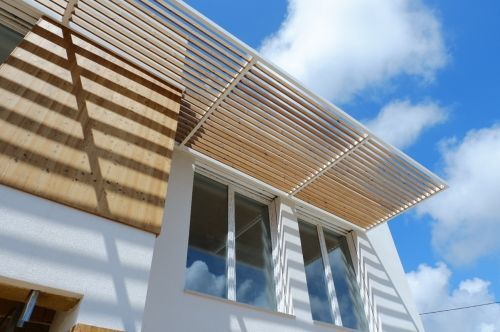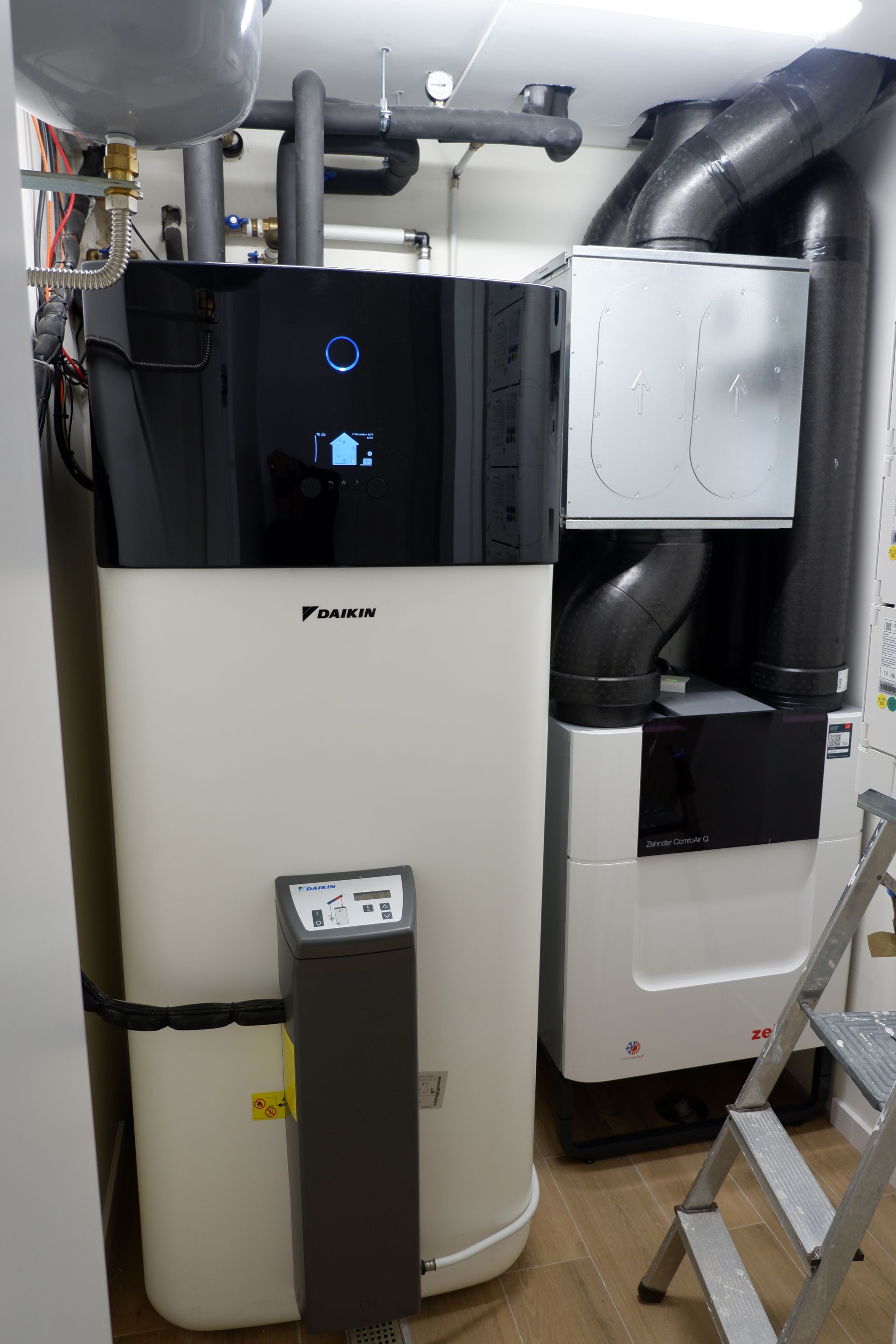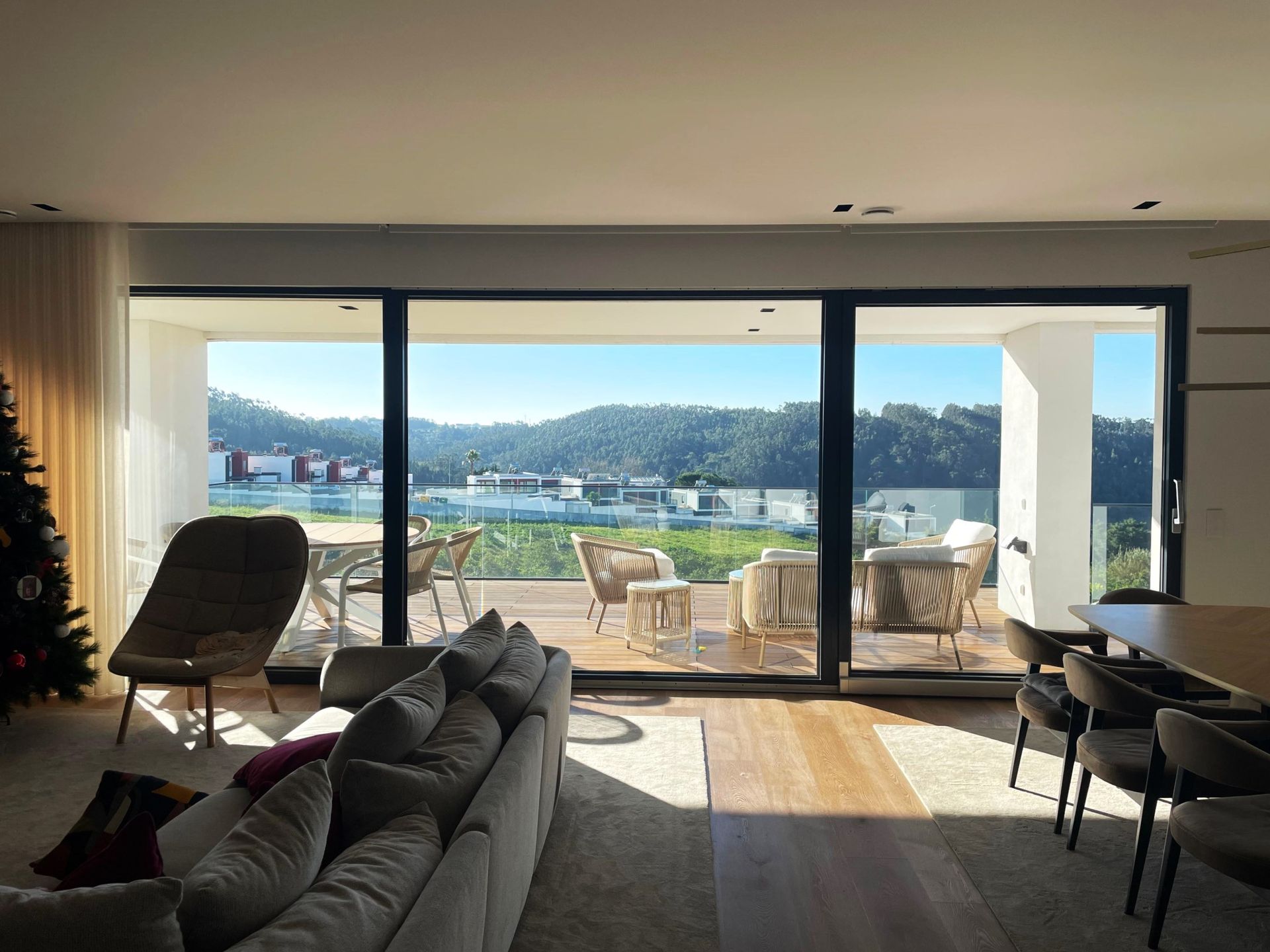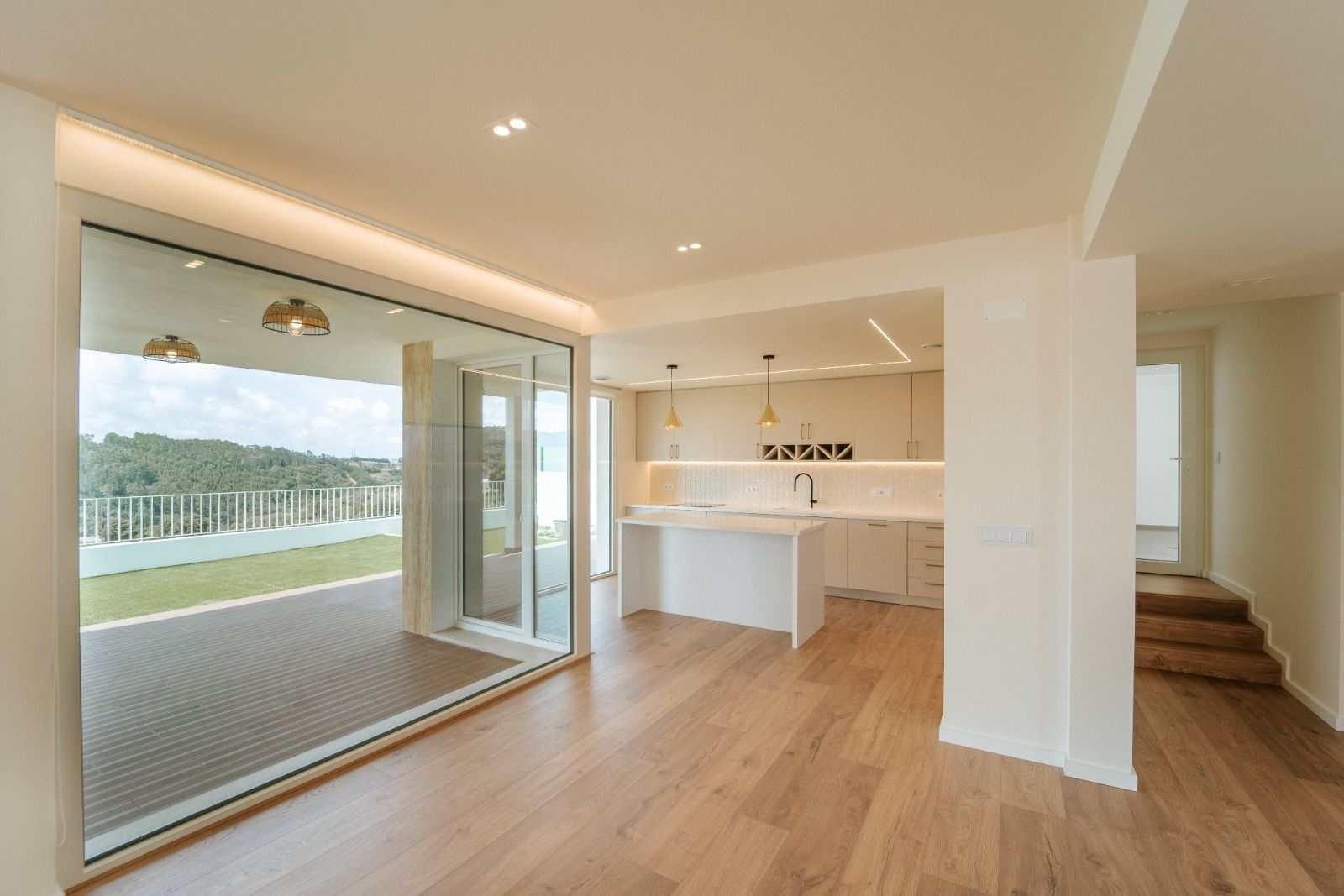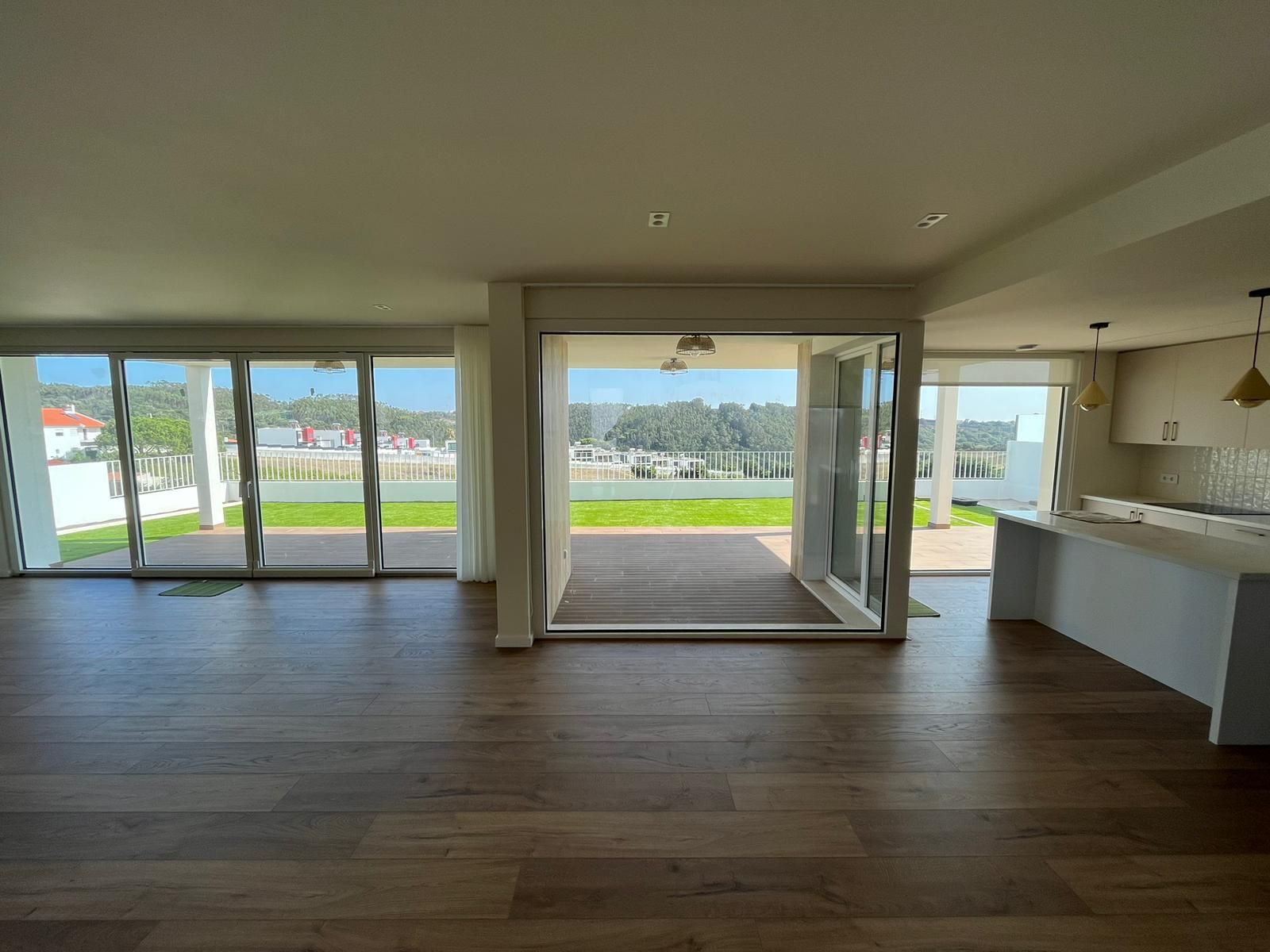Energy Waste
Meeting the minimum isn't efficiency — it's regulated waste.

There are two ways to achieve a Zero Energy Building (ZEB) performance in a building: the genuine way, and the one that "cheats".
THE GENUINE WAY
Bioclimatic study; Reinforced opaque envelope; Glazing with technical characteristics that ensure solar gains in winter and solar protection in summer; Shading; No thermal bridges; Airtightness; Water efficiency; Mechanical ventilation with heat recovery; Solar thermal collectors; Photovoltaic panels; Domestic hot water systems with high-efficiency heat pumps; Heating and cooling systems with high energy performance.
THE “CHEATING” WAY
Building envelope with minimum code compliance; equipment that merely meets the regulatory minimums.
ADVANTAGES OF COMBATING ENERGY WASTE
From the analysis of the energy, environmental, and economic life cycle — as well as durability/maintenance (due to reduced pathologies) and safety/health (due to improved indoor air quality) — integrated solutions offer a unique window of opportunity in the fight against energy waste and in improving the energy performance of buildings.
Since the capacity to install renewable energy systems is limited (by available roof area), involves high costs, and has shorter life cycles than passive solutions, proper management is essential.







